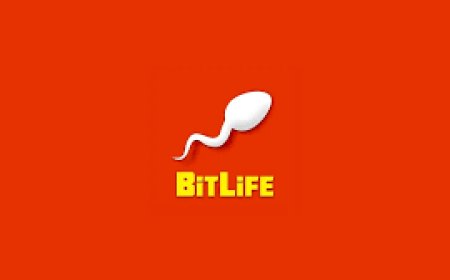The Overlooked Risk: Why Disability Insurance Still Matters After 60?
Retire Well Dallas
Think you're done with disability insurance after 60? Think again.
One common misconception is that once you're nearing retirement—or have crossed 60—you no longer need disability coverage. But here's the truth: a disability at this age can derail your entire retirement strategy. If you're still earning or planning around premium-financed strategies or tax-advantaged retirement vehicles, ignoring this risk could cost you more than you think.
And yes, even life insurance for someone on disability is a relevant part of this planning.
Why You’re Still at Risk of Disability at 60+?
Did you know that over 1 in 4 Americans over 60 will face a disabling condition before fully retiring? Many of these individuals are still in their peak earning years, especially high-income professionals who are delaying retirement to optimize pension benefits, manage premium-financed life insurance, or hit final retirement benchmarks.
A disabling medical event—stroke, cancer, musculoskeletal injuries—could mean your income stops today. But your mortgage, lifestyle, and retirement contributions? They don’t. Disability insurance for older adults is no longer optional—it’s your backup plan for income protection when it’s needed most.
Isn’t Social Security Disability Enough?
Not quite.
Most people assume Social Security Disability Insurance (SSDI) will cover them. However, SSDI approvals after age 60 are neither fast nor guaranteed. Plus, the benefit amount often replaces only a small portion of your income—barely enough to maintain your current standard of living, let alone fund tax-advantaged retirement vehicles.
Here’s what you could be facing:
|
Age at Disability |
Time Until Retirement (65) |
Risk of Outliving Savings Without Disability Coverage |
|
60 |
5 years |
High |
|
62 |
3 years |
Moderate to High |
|
64 |
1 year |
Moderate |
When disability hits close to retirement, you don’t have time to rebuild. Without a life and disability insurance strategy in place, your entire financial plan could unravel.
What Type of Disability Insurance Should You Consider at 60+?
1. Long-Term Disability (LTD) Coverage:
This is critical. LTD replaces a portion of your income if you can’t work for months—or even years. Make sure your policy covers you through age 65 or 67 (depending on your target retirement age).
2. Own-Occupation Riders:
Especially for high-net-worth or specialized professionals, this rider ensures you’re protected if you can’t work in your own field—even if you can work elsewhere.
3. Coordination with Retirement Planning Vehicles:
Policies can be structured to complement your premium-financed life insurance or 401(k) contributions. Some plans even offer retirement protection riders—funding your retirement even while you're disabled.
What Happens If You Don't Have Disability Coverage Post-60?
This is where the risk becomes real. Without coverage:
● You may be forced to tap into retirement savings prematurely.
● You could miss out on final contribution years, damaging compound growth.
● You’ll likely face lifestyle compromises in retirement.
Most importantly, it disrupts your tax-advantaged retirement strategy—especially if you're relying on life insurance policy loans, annuities, or structured withdrawals.
Disability Insurance and Premium-Financed Life Insurance: Are They Aligned?
If you're engaged in premium-financed strategies or working with a life insurance policy advisor, you already understand leverage. Now think about it—what happens if your income halts mid-loan term due to disability? The ripple effect on your cash value life insurance, loan structure, and even collateral could be massive.
That’s why insurance carriers increasingly offer life insurance for someone on disability, ensuring that coverage remains intact even if premium financing is disrupted due to a loss of income.
Do your current strategies factor in a sudden income loss due to health issues? If not, what’s your plan B?
When Should You Act?
Now.
Once you're disabled, it's too late to get coverage. The best time to evaluate or layer disability insurance is before the event occurs—ideally between 55 and 64. With proper structuring, premiums remain manageable, and you preserve your income protection right up until retirement.
Whether you’re still working to support a spouse, paying off a mortgage, or finalizing your retirement nest egg—life and disability insurance provides the buffer that separates smart planning from crisis response.
● Age 60+ doesn’t eliminate the risk of income loss due to disability.
● Long-term disability insurance is still highly relevant for late-career professionals.
● Disabling events can derail premium-financed or tax-advantaged retirement strategies.
● Social Security Disability is limited—don’t rely solely on it.
● Talk to your life insurance policy advisor about aligning your coverage with your retirement plan.
Your retirement deserves to be stable, stress-free, and protected. Don’t let a preventable gap in your financial strategy undo decades of planning. It’s time to review your disability insurance alongside your retirement portfolio—before the unexpected happens.
Ready to explore how long-term disability coverage can secure your income and retirement goals?
Let’s talk.



























